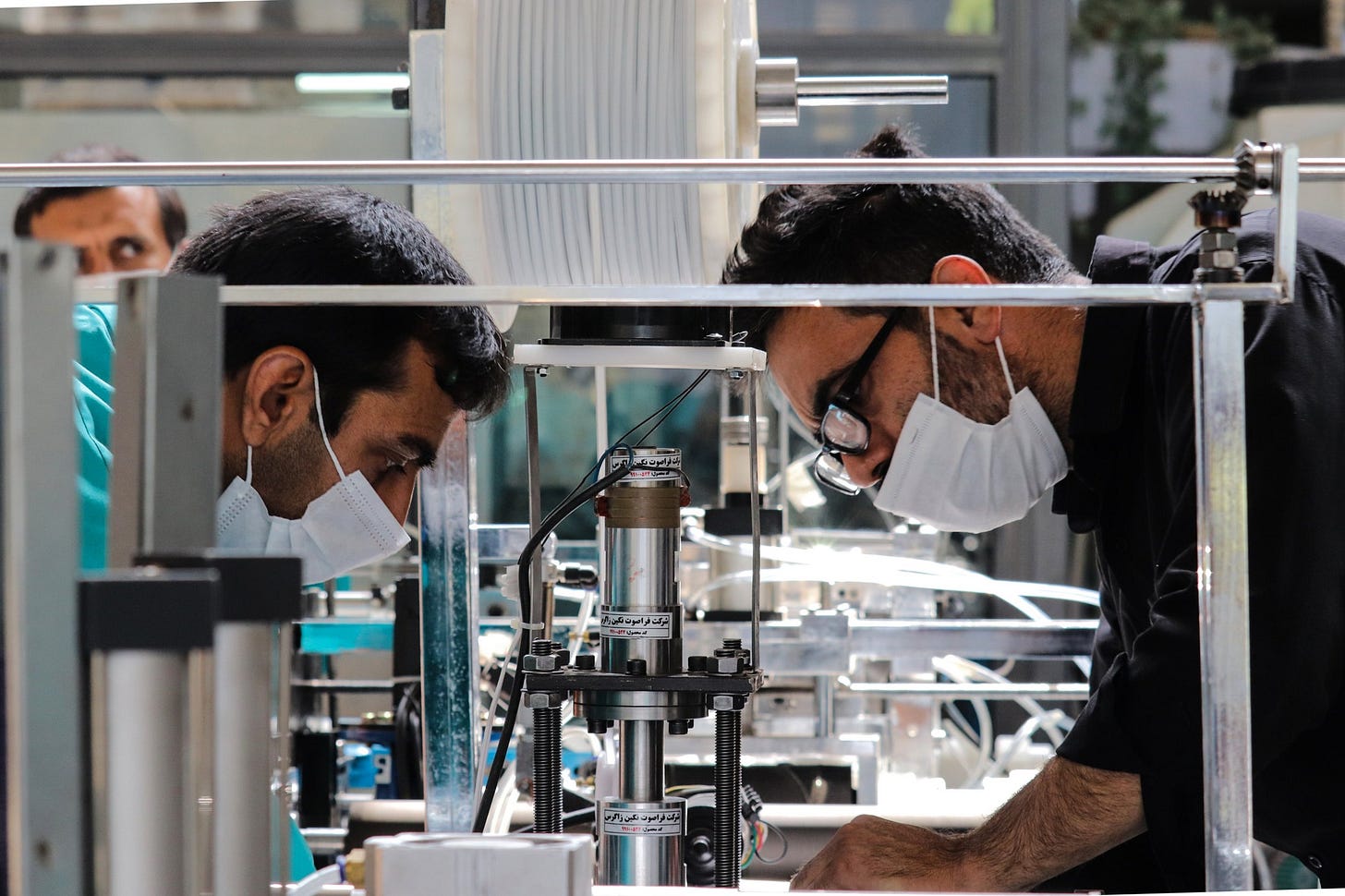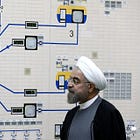Russo-Iranian Microelectronics MoU: Another BRICS Push for Tech Independence
Increased bilateral cooperation could lead to Iran becoming more involved in BRICS' semiconductor supply chain.
The Russian Ministry of Industry and Trade and Iran’s Nano and Micro Technology Development Headquarters have signed a Memorandum of Understanding (MoU) to collaborate on microelectronics production. The agreement outlines technological cooperation between the two countries in the production of microelectronic components. Within a BRICS framework, the development marks another step towards technological independence and strengthens bilateral cooperation under the recent Russo-Iranian Comprehensive Strategic Partnership Agreement. Taken together with recent reports of a Russian-funded nuclear plant, it appears that Russia and Iran are prioritising technological advancements as a key aspect of their strategic cooperation.
Russo-Iranian Cooperation: The Technological Aspect
The sanction evasion-based relationship brings Moscow and Tehran together specifically in one sector: securing domestic energy and technology needs. The former has consistently contributed funding and expertise through joint research projects in nuclear energy, artificial intelligence, and space exploration. The most recent strides potentially include construction of a second nuclear plant in Iran. As such, this type of cooperation is essential for their economic well-being, especially now, as tensions are at an all-time high, with Ukraine on one side and US-Israeli threats on the other.
The new agreement on microelectronics comes within this context and represents the emerging shape of the two countries' recent Comprehensive Strategic Partnership Agreement. According to Mehr News Agency, the agreement outlines that Russian research and manufacturing company Zelenograd Nanotechnology Center (ZNTC) will collaborate with Iran to produce ‘nanolithography equipment, telecommunication multiplexers, and automotive sensors’. Interestingly, the nanolithography equipment is primarily used in the production of semiconductors and other advanced technologies, such as quantum computing. This detail could indicate that Iran will become more involved in the semiconductor supply chain, a development that will benefit BRICS’ tech innovation.
Regional rivalry also plays a role in increasing cooperation in this sector. Tehran's main rival, Saudi Arabia, has prioritised forging new tech partnerships with Western countries and US-allied nations. Most recently, this was evidenced by the newly signed MoU for space exploration cooperation with South Korea, between the Korea Aerospace Administration and the Saudi Space Agency.
A West-Induced Tech Push for BRICS
More broadly, Russo-Iranian technology cooperation efforts align with the self-sufficiency vision outlined by BRICS: a non-Western alternative for the Global South. This vision encompasses all sectors, but there has been a recent focus on advanced technology cooperation, with President Putin calling for the formation and expansion of a ‘new AI Alliance Network’ between BRICS member states. In this pursuit, both Russia and Iran have actively sought China’s cooperation in various technological sectors. DeepSeek’s groundbreaking entrance into the AI space has accelerated China’s global standing in the field. The success is poised to reverberate within the Global South, potentially fostering more alternative partnerships and further strengthening the capabilities of BRICS member states. As Washington and the European Union intensify their financial warfare against the bloc, Eastern tech innovation is expected to flourish.





